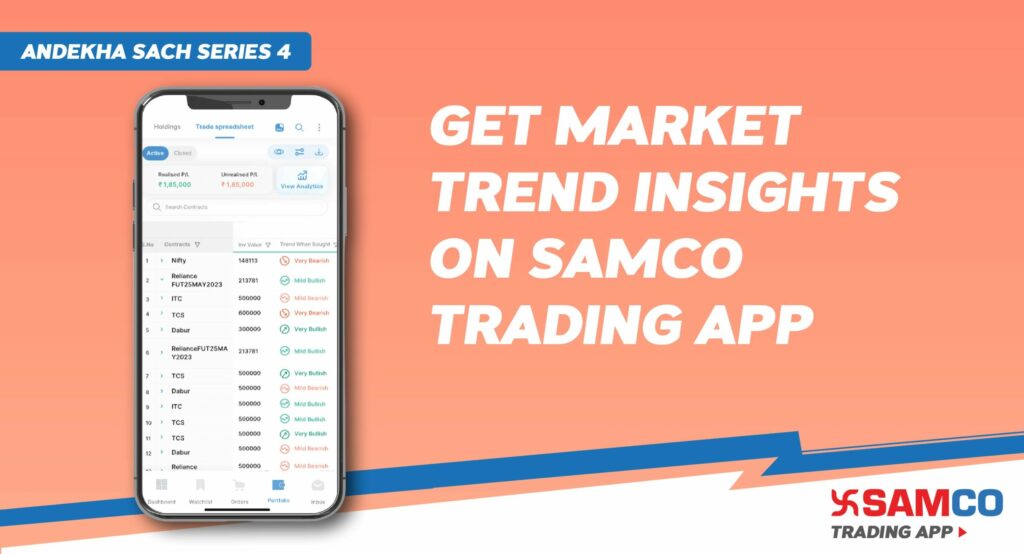Despite people’s growing inclination toward the online stock market, many new investors still have limited knowledge about effective investment strategies beyond basic techniques like intraday trading and options trading.
Being aware of more stock trading strategies expands a trader’s set of approaches to capitalize on different market conditions. Knowing what technique aligns with one’s attributes can help maximize gains. A lot of beginners, though drawn in by the excitement of building wealth passively, fail to educate themselves on approaches like:

1. Scalping:
When a stock’s price makes big swings up and down over a very short timeframe, it signals that current market conditions are highly volatile. Investors buy stocks and sell them off within minutes or seconds to benefit from very short-term price movements. Thus, scalping is often mentioned synonymously with ultra-short-term trading. Scalping can be a profitable trading technique for an investor’s personal index to use during periods of instability. The rationale is that large price fluctuations provide opportunities to get in and out of trades swiftly to capture gains.
Scalping can also be employed in options trading. The internet calls it by a special name, ‘scalping options,’ which follows the same principles as traditional scalping with stocks. The only difference is that contracts are held instead of shares.
2. Algorithmic trading:
Algorithmic trading is often called automated trading. Trading instructions are fed to trading apps, and then they automatically execute trades for stocks that match the instructions set. Theoretically, automated trading can generate returns at a rate that manual trading can’t because:
- It eliminates the chances of manual errors and emotional influences.
- It can identify the lowest-cost trades.
- It can execute trades rapidly without much human intervention.
On the flip side, a lack of manual inference can lead to ill decisions when market conditions are volatile due to stock market trends. Since a computer may not be able to identify market conditions and continue to perform trades based on instructions, a trader may have to incur higher investment costs if multiple stock prices drop. This could result in a loss if the stock prices don’t recover.
3. Arbitrage trading:
The literal meaning of the term is its explanation – buying a stock in a different stock exchange or market and selling the same stock in a different stock exchange within a short period.
Arbitrage trading is only efficient if an investor can access and trade multiple stock exchanges. For example, if a stock is bought on the BSE and sold off at the NYSE, the price difference due to the currency exchange rate may be profitable for the investor.
But there are some challenges to consider:
- Not all stocks would be listed across multiple stock exchanges.
- Not all investors can invest through different IPO or stock exchanges. Consider India, where SEBI restricts the selling of stock in different stock exchanges on the same day.
For the reasons listed above, arbitrage trading may not be the optimum trading strategy for some traders.
What to know:
There are many more trading strategies that investors can utilize to optimize their gains in the stock market. This piece covers just some of those; thus, investors may have to do further research to find their optimum strategy. The choice of each strategy depends on an investor’s risk appetite, time horizon, and preference.